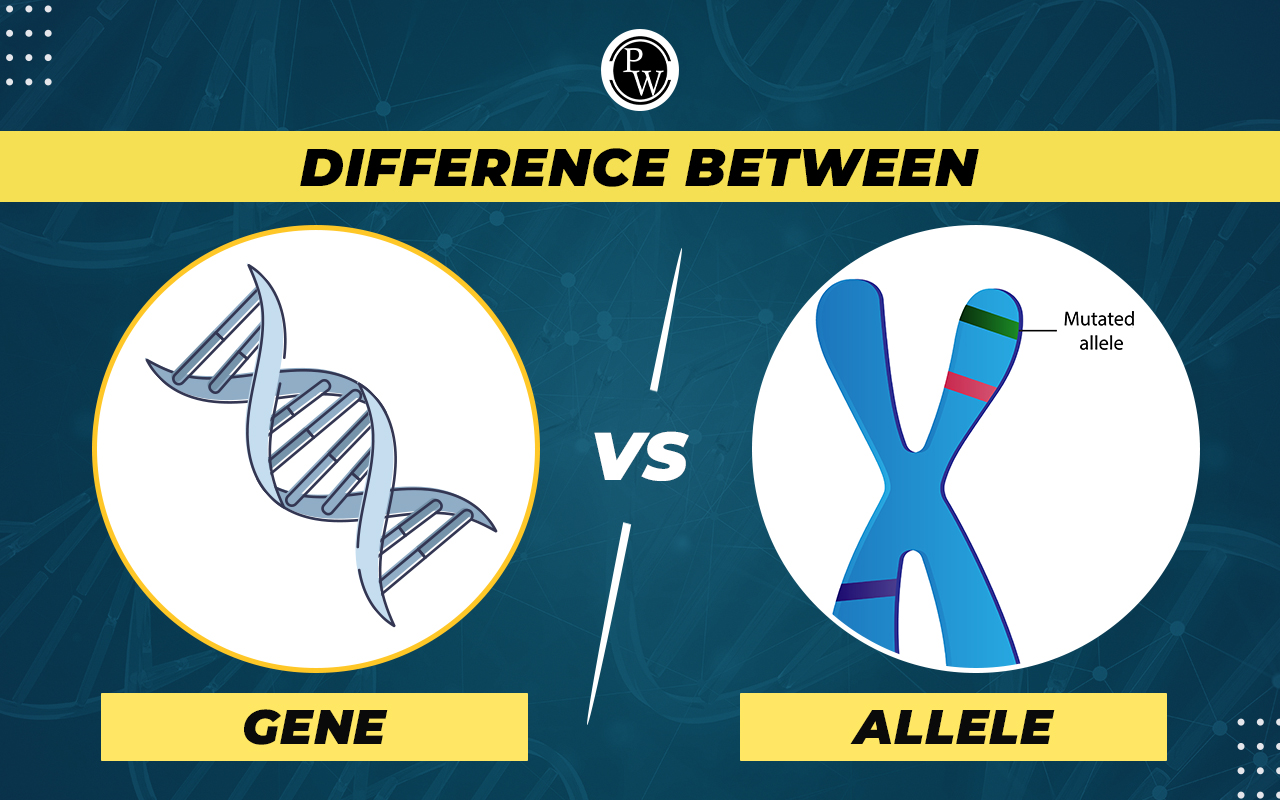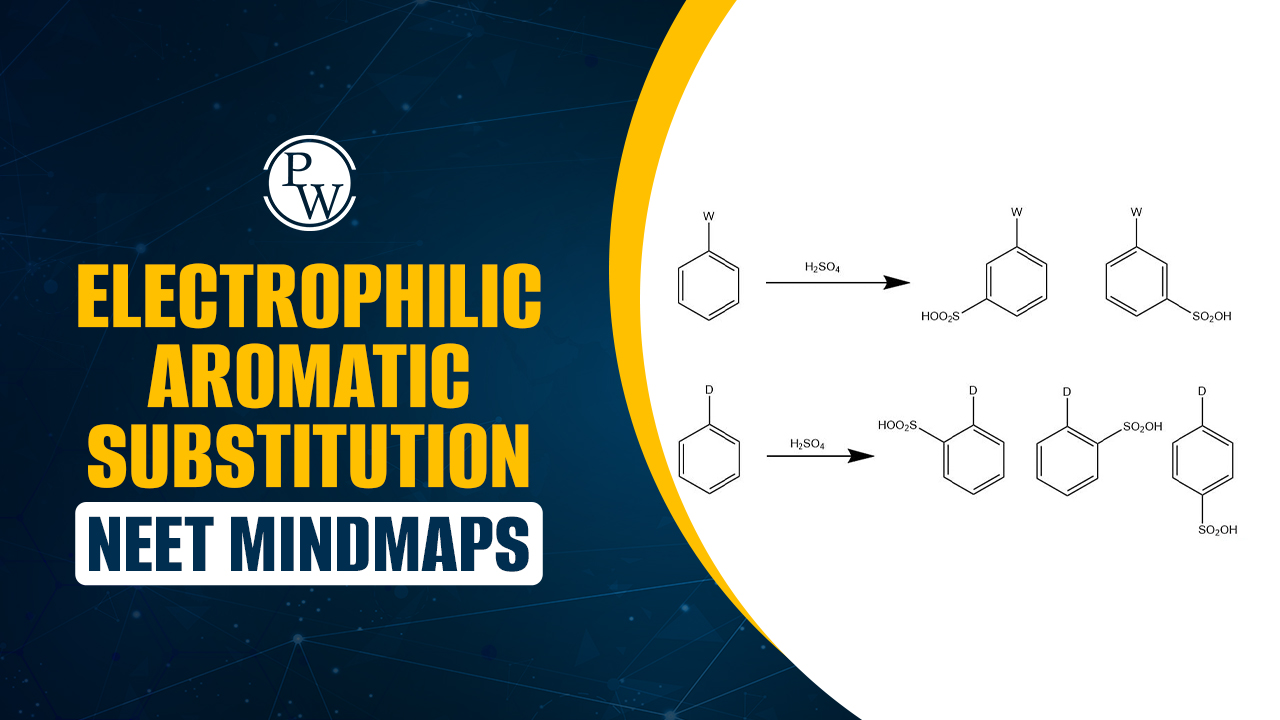

Difference Between Gene and Allele: Genes play a major role in shaping the DNA structure and determining all the genetic characteristics present in the human body. They are recognized as the basic and operational units of heredity. Each person inherits two copies of each gene, known as alleles, with one coming from each parent.
These alleles contribute to the uniqueness and diversity of each person. Alleles refer to the distinct variations of a specific gene. The following discussion explains the main difference between gene and allele.| NEET Biology Syllabus | NEET Biology Diagrams |
| NEET Biology MCQ | NEET Biology Chapter wise Weightage |
| NEET Biology Notes | NEET Previous Year Question papers |
Difference Between Gene and Allele Overview
Genes are the fundamental units of hereditary information. They constitute our DNA structure and dictate all our genetic characteristics. Each individual inherits two copies of each gene, one from each parent. Most genes are identical across individuals, but less than 1% of the total differences between people are attributable to unique variations, known as alleles. These alterations or modifications in the genes contribute to the diversity and distinctiveness observed in each individual. A gene is a segment of DNA or RNA that determines a specific characteristic. Genes can mutate and have two or more alternative forms, called alleles. For example, the gene responsible for eye color has different alleles associated with blue or brown eye color. An allele is located at a fixed position on a chromosome. Chromosomes exist in pairs, so organisms have two alleles for each gene—one on each chromosome in the pair. Because each chromosome in the pair comes from a different parent, organisms inherit one allele for each gene from each parent. The two alleles inherited from parents can be the same (homozygous) or different (heterozygous). This article explains the key difference between gene and allele.
Difference Between Gene and Allele
Genes are the fundamental and operational unit of heredity, forming the building blocks of our DNA structure and governing all the genetic traits inherent in individuals. In humans, each person inherits two copies of every gene, alleles, with one copy from each parent. These alleles, which are gene variations, play a critical role in shaping the individuality and diversity observed in each person. The distinction between a gene and an allele becomes apparent upon grasping the foundational concepts. A detailed breakdown of the differences between a gene and an allele is provided in the table below:
|
Difference Between Gene and Allele |
||
|---|---|---|
| Character | Gene | Allele |
| Definition | A gene is a DNA segment encoding a trait. | An allele is a variant form of a gene. |
| Determines | It determines an organism's genotype. | It determines an organism's phenotype. |
| Types | Genes encompass alleles as a subtype. | Alleles are categorized as Paternal vs. Maternal, Dominant vs. Recessive. |
| Role | Genes play a role in determining individual traits. | Alleles contribute to the diversity in phenotype expression. |
| Examples | Eye color, skin pigmentation, hair color. | Dark skin, blue eyes, brown hair. |
Gene Definition
DNA segments called genes determine specific traits or characteristics in an individual. These genetic codes direct the production of proteins that affect various aspects, such as hormone levels, skin pigmentation, the immune system, and eye color. An organism's genotype is its complete set of genes, inherited from both parents. Genes play a vital role in passing traits from one generation to the next, contributing to the unique genotype that gives rise to the wide range of appearances and biological attributes found in each human.
Allele Definition
When genes mutate, they can take on multiple forms known as alleles. These alleles code for the same characteristic, such as hair color, but can manifest in different ways. For instance, brown and blonde hair are caused by different alleles of the same gene. Genes typically have two or more possible alleles, and each person has two or different versions for each gene. This trait of having two gene variants classifies humans as diploid organisms. The number of potential alleles determines the diversity of inheritable characteristics. The greater the number of possible alleles, the greater the diversity of an inheritable trait. Human genetic diversity results from diverse genes and gene combinations, which contribute to each individual's uniqueness. Consider eye color, for instance. Assuming that eye color is encoded by a single gene, the majority of physical characteristics are determined by multiple alleles. Brown, blue, green, and hazel eyes are each encoded by a distinct allele. The pair of alleles determine the expression of eye color on an individual's chromosomes.
Difference Between Gene and Allele FAQs
Is TT a Gene or Allele?
How Are Gene Alleles Different?
Are Alleles a Type of Gene?
Is Each Allele Considered a Gene?
What is an example of an Allele?
How many genes exist in an allele?












